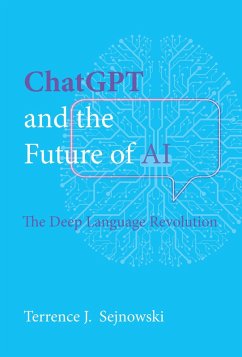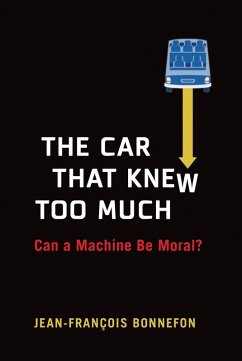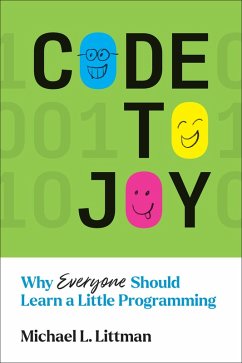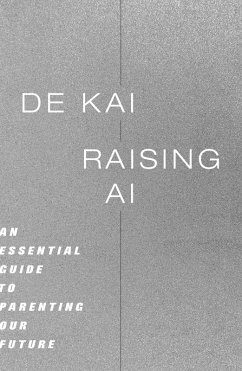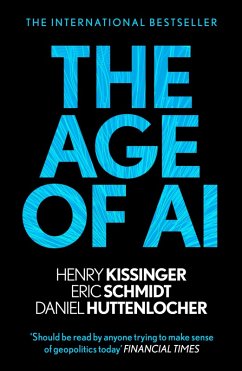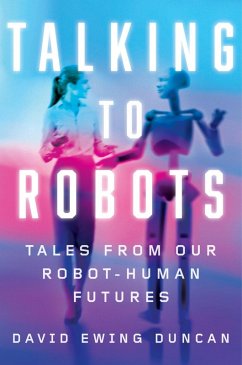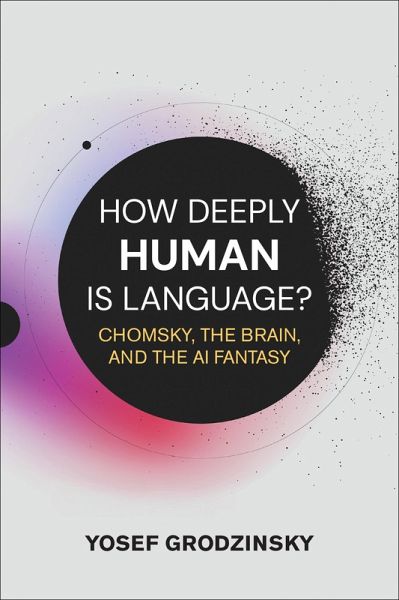
How Deeply Human Is Language? (eBook, ePUB)
Chomsky, the Brain, and the AI Fantasy
Erscheint vor. 21.04.26
16,95 €
inkl. MwSt.
Unser Service für Vorbesteller - dein Vorteil ohne Risiko:
Sollten wir den Preis dieses Artikels vor dem Erscheinungsdatum senken, werden wir dir den Artikel bei der Auslieferung automatisch zum günstigeren Preis berechnen.
Weitere Ausgaben:

PAYBACK Punkte
8 °P sammeln!
An explanation of linguistic theory and large language models-the top contenders for understanding human language-in the context of the brain, from a leading neurolinguist. Contemporary linguistics, founded and inspired by Noam Chomsky, seeks to understand the hallmark of our humanity-language. Linguists develop powerful tools to discover how knowledge of language is acquired and how the brain puts it to use. AI experts, using vastly different methods, create remarkable neural networks-large language models (LLMs) such as ChatGPT-said to learn and use language like us. Chomsky called LLMs "a f...
An explanation of linguistic theory and large language models-the top contenders for understanding human language-in the context of the brain, from a leading neurolinguist. Contemporary linguistics, founded and inspired by Noam Chomsky, seeks to understand the hallmark of our humanity-language. Linguists develop powerful tools to discover how knowledge of language is acquired and how the brain puts it to use. AI experts, using vastly different methods, create remarkable neural networks-large language models (LLMs) such as ChatGPT-said to learn and use language like us. Chomsky called LLMs "a false promise." AI leader Geoffrey Hinton has declared that "neural nets are much better at processing language than anything ever produced by the Chomsky School of Linguistics." Who is right, and how can we tell? Do we learn everything from scratch, or could some knowledge be innate? Is our brain one big network, or is it built out of modules, language being one of them? In How Deeply Human Is Language?, Yosef Grodzinsky explains both approaches and confronts them with the reality as it emerges from the engineering, the linguistic, and the neurological record. He walks readers through vastly different methods, tools, and findings from all these fields. Aiming to find a common path forward, he describes the conflict, but also locates points of potential contact, and sketches a joint research program that may unite these communities in a common effort to understand knowledge and learning in the brain.
Dieser Download kann aus rechtlichen Gründen nur mit Rechnungsadresse in A, B, BG, CY, CZ, D, DK, EW, E, FIN, F, GR, HR, H, IRL, I, LT, L, LR, M, NL, PL, P, R, S, SLO, SK ausgeliefert werden.




